Are you curious about Garuda Linux and wondering if it’s the right fit for you?
In this Garuda Linux review, I’ll walk you through my personal experience with this unique Linux distribution.
After using it for a week, I can say it offers a mix of high performance and stunning visuals, which makes it stand out from other Linux distros.
Whether you’re new to Linux or looking for a fresh start, this guide will help you understand why Garuda might be the perfect choice.
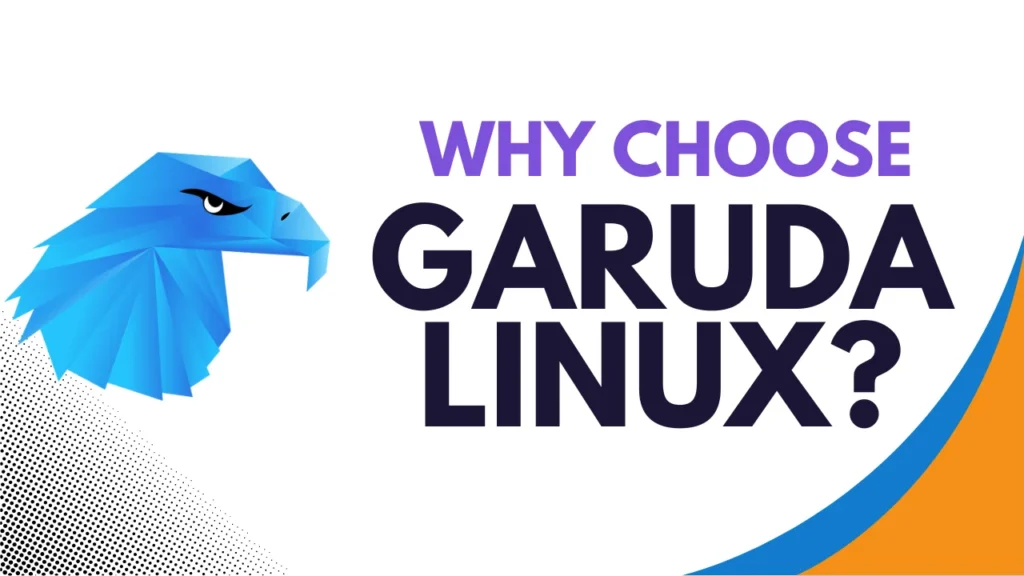
Table of Contents
What is Garuda Linux?
Garuda Linux is an Arch-based Linux distribution with a focus on providing a user-friendly experience.
It offers a rolling release system, meaning you always get the latest updates without needing to upgrade your entire system.
For new users, this Garuda Linux review highlights how Garuda is a great way to experience the power of Arch Linux without the complexity.
Why Choose Garuda Linux?
1. User-Friendly Experience
Garuda Linux aims to provide an out-of-the-box experience that’s friendly for new users.
The installation process is straightforward, and the system comes pre-configured with a variety of tools and applications.
After using it for a week, I can say that the setup was smooth, and the pre-installed software made it easy to get started right away.
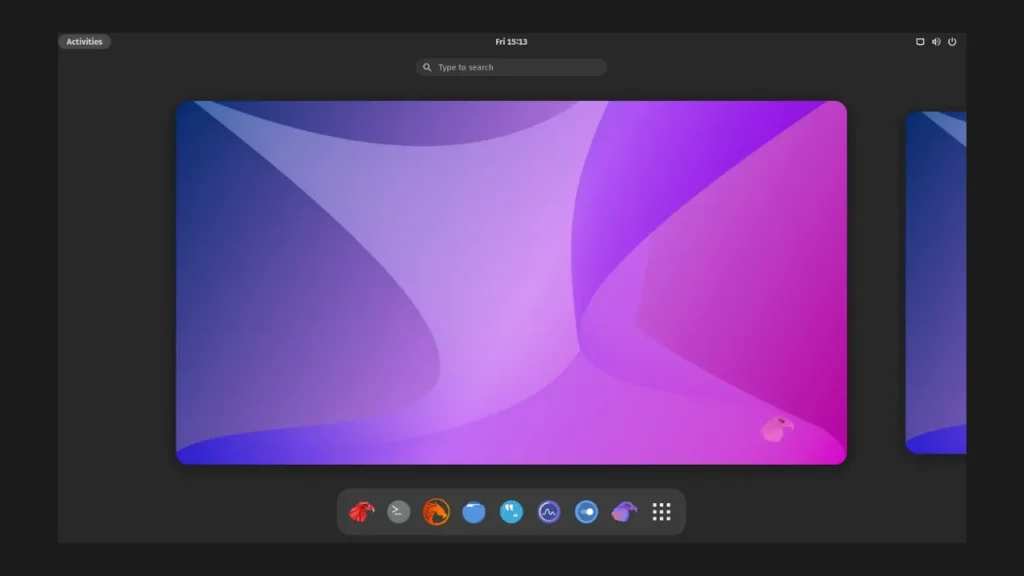
2. Beautiful and Customizable Interface
Garuda Linux comes with the KDE Plasma desktop environment by default, which is both beautiful and customizable. From the moment I booted it up, the vibrant colors and sleek design stood out.
I personally feel that the out-of-the-box look is stunning, but if you’re someone who likes to personalize your desktop, Garuda makes it easy with various customization options.
Many users on social media platforms like Twitter praise its visual appeal, saying it’s one of the best-looking Linux distributions out there.
This Garuda Linux review focuses heavily on the incredible customization features that users love.
3. High Performance
Garuda Linux is built to deliver high performance. It uses the Btrfs filesystem with built-in snapshots, which helps in maintaining system stability and speed.
I personally feel that the system runs faster and smoother than some other distros I’ve tried.
If you’re looking for a distro that performs well under heavy loads, Garuda is a great choice.
4. Rolling Releases
As I mentioned earlier, Garuda Linux is a rolling release distribution. This means you get the latest software updates as soon as they’re available.
After using it for a week, I noticed that my system stayed up-to-date without having to reinstall or perform major upgrades.
Most users say on forums that they appreciate how Garuda stays on the cutting edge of software releases, which is ideal for anyone who wants the newest features without the hassle of upgrading.
This aspect of the rolling releases is a big focus in most Garuda Linux reviews you’ll come across.
Getting Started with Garuda Linux
Step 1: Download and Install
- Download the ISO: Head to the Garuda’s website and download the ISO file of the version you prefer.
- Create Bootable Media: Use tools like Rufus or Etcher to create a bootable USB drive.
- Install Garuda: Boot from the USB drive and follow the on-screen instructions to install Garuda on your system.
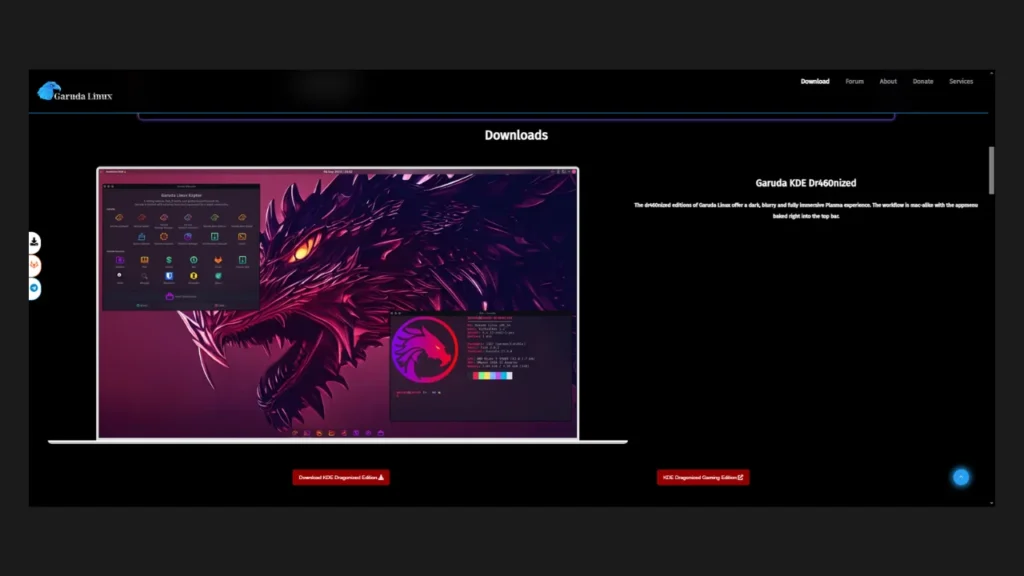
Step 2: Explore the Features
- Desktop Customization: Once installed, explore the KDE Plasma desktop. You can change the look and feel with themes, widgets, and layout options.
- System Tools: Use the Garuda Assistant to tweak performance settings, manage snapshots, and check for updates.
- Install Software: The Pamac software manager makes it easy to install applications from the Arch User Repository (AUR) or official repositories.
Many Garuda Linux review posts highlight Pamac as a favorite for software management.
Garuda Linux System Requirements
Before installing Garuda, it’s essential to ensure your hardware meets the system requirements for a smooth experience. Here’s what you’ll need:
Minimum Requirements:
- Processor: 64-bit processor (modern dual-core processor)
- RAM: 4 GB (8 GB recommended for a smoother experience)
- Storage: 30 GB of free space (Btrfs system requires additional space for snapshots)
- Graphics Card: OpenGL 3.3 or newer.
- Display: 1366×768 resolution (higher resolutions recommended for better visuals)
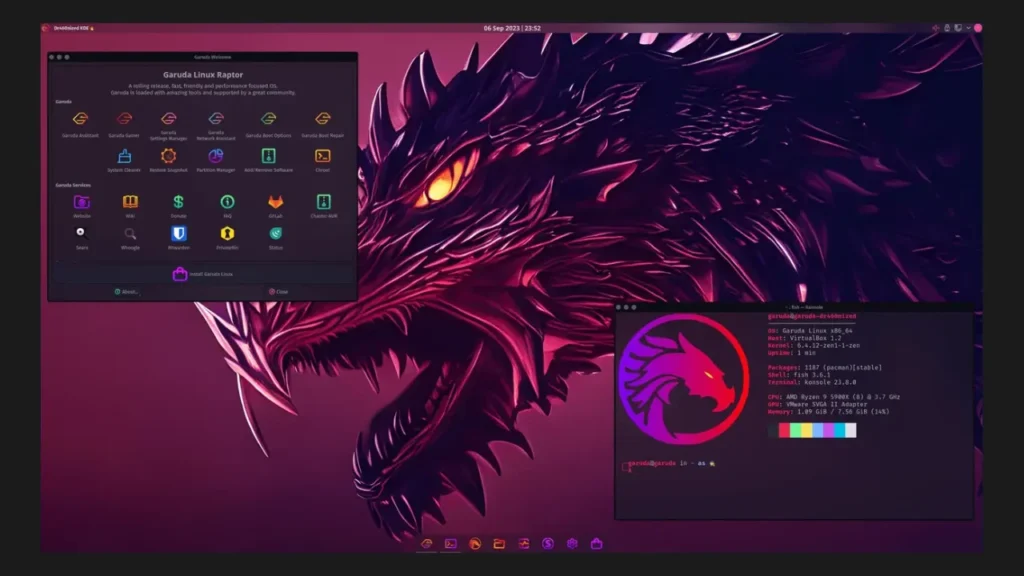
Recommended Requirements:
- Processor: Multi-core processor, 2 GHz or faster.
- RAM: 8 GB or more for multitasking and gaming.
- Storage: SSD with 40 GB or more for faster performance.
- Graphics: Dedicated GPU for enhanced visuals (especially for gaming and graphic design)
- Display: 1920×1080 or higher for an optimal desktop experience.
Garuda Linux Long-Term Review: In Short
After using Garuda Linux for several months, here’s my quick take:
- Performance: It remains fast and responsive over time, thanks to the Btrfs file system and regular updates.
- Rolling Release: Frequent updates keep the system fresh without major issues, though backups are essential.
- Customization: The KDE Plasma interface is sleek and customizable, with the Garuda Assistant making tweaks easy.
- Stability: Overall, it’s stable with only minor bugs, most resolved quickly via updates or community support.
- Conclusion: Garuda is a reliable, high-performance choice that holds up well in the long term. Ideal for users who want a visually stunning, customizable, and powerful Linux experience.
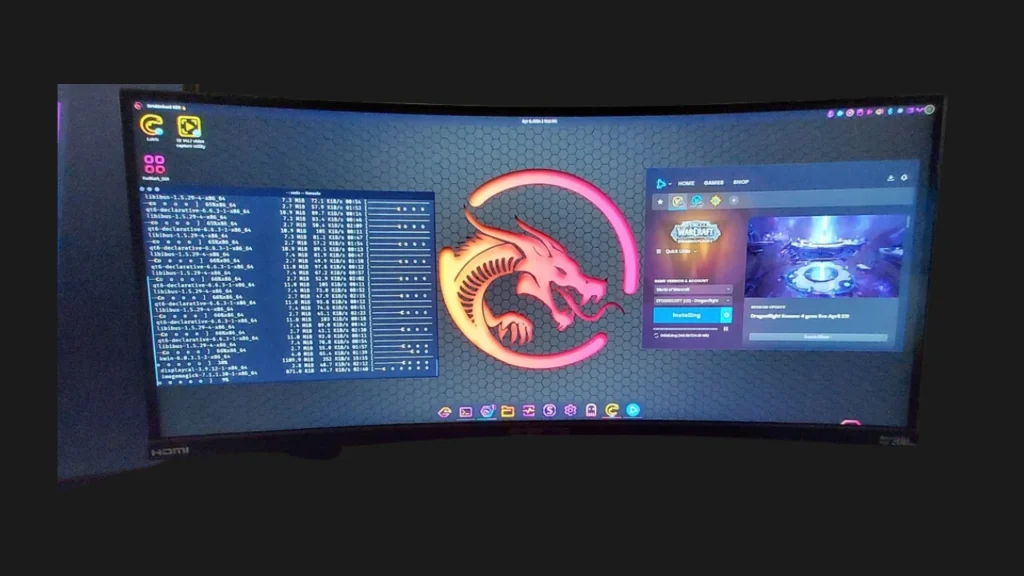
FAQs
Yes, Garuda Linux is designed to be user-friendly for newcomers. The installation process is straightforward, and it comes with pre-installed software to help you get started.
Garuda Linux offers a more polished experience with a focus on aesthetics and performance. Unlike some other Arch-based distros, Garuda provides a more user-friendly setup out of the box.
Since Garuda follows a rolling release model, it’s important to keep your system updated regularly. This ensures you get the latest features and security patches.
Conclusion
In conclusion, Garuda Linux is a fantastic choice for those who want a powerful and visually appealing Linux distribution.
Its user-friendly design, high performance, and rolling release model make it stand out in the Linux community.
After using it myself, I feel confident in recommending Garuda to both new and experienced users.
If you value a beautiful desktop environment and cutting-edge software, Garuda Linux is definitely worth a try.
Which Linux distribution are you currently using? Have you tried Garuda Linux? Leave a comment below and share your thoughts!

How do you compare Garuda to another very good Linux distribution like CatchyOS?
Thank you.